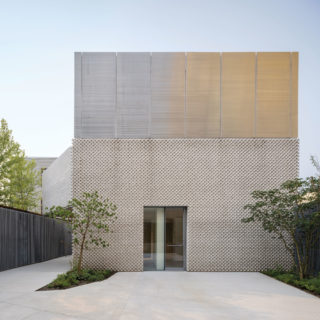Links between housing and health—and climate change—are no more apparent than in the tragic deaths of 11 New Yorkers trapped in generally substandard basement apartments during the flash floods of Hurricane Ida in September. The right to quality housing is necessary to achieve health equity, defined by the Robert Wood Johnson Foundation as a condition where “everyone has a fair and just opportunity to be as healthy as possible.” This understanding is not new. In late 19th-century New York, for instance, a tenement redesign and new building code provided residents with improved access to light and air, mitigating exposure to infectious disease. An expanding field of research demonstrates the positive health impacts of a safe, affordable home. But persistent housing insecurity and related health disparities remain. Happily, greater attention is now being focused on the potential for better housing to improve public health, along with more resources from a range of perspectives. Recent publications help to frame connections between housing design and health, offer arguments for more investment, give actionable steps for designers and developers, and present plans to improve the health of both residents and the planet.
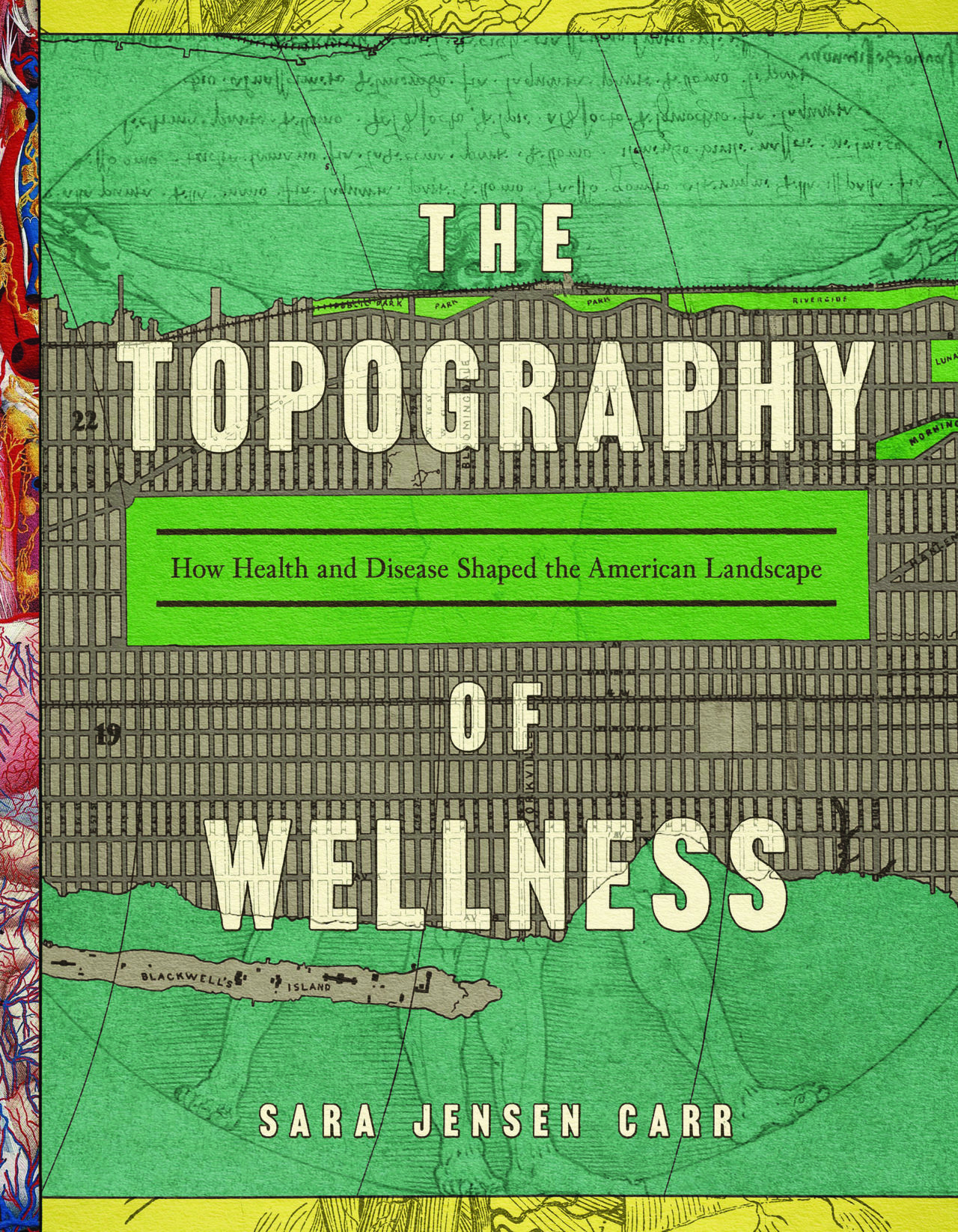

“The Most Contested Space of Wellness”
Resident health can be improved through housing interventions, but the pursuit of “health” in the built environment has also been used to protect real estate values and exclude marginalized groups through tactics like slum clearance. As Sara Jensen Carr writes in The Topography of Wellness: How Health and Disease Shaped the American Landscape (University of Virginia Press, 2021), “dwelling has historically been the most contested space of wellness, the center about which our arguments about equity and morality in the city revolve.” The book, covering six epidemics, invites a critical view of the relationship between the design of the built environment and public health. The Topography of Wellness builds on previous texts like Imperfect Health: The Medicalization of Architecture, edited by Giovanna Borasi and Mirko Zardini (Canadian Centre for Architecture with Lars Müller Publishers, 2012), a series of essays asking, “Should urbanism, landscape de-sign, or architecture seek to take care of people rather than cure them?” Both nuanced books take advantage of our current turn toward health in the built environment, while critiquing troubling phenomena like what Carr calls the rise of “health as a consumer good.”
Two updated classics, Root Shock: How Tearing Up City Neighborhoods Hurts America and What We Can Do About It, by Mindy Fullilove, MD (Ballantine Books, 2004; second edition, New Village Press, 2016), and A History of Housing in New York City, by Richard Plunz (Columbia University Press, 1990; revised 2016), offer more historical context and analysis against which to evaluate new ideas. Fullilove, a social psychiatrist, examines the legacies of 1,600 destroyed African-American districts in cities across the country and the impacts on residents’ mental health and the collective consciousness. The book gives lessons for today’s designers and planners: “We have a treatment for root shock; we have the possibility of preventing further damage by nurturing the world’s neighborhoods instead of destroying them.” Plunz’s text situates housing design in the context of political, social, economic, and health concerns, giving clues to how the design and development of dwellings in New York might contribute to social change.
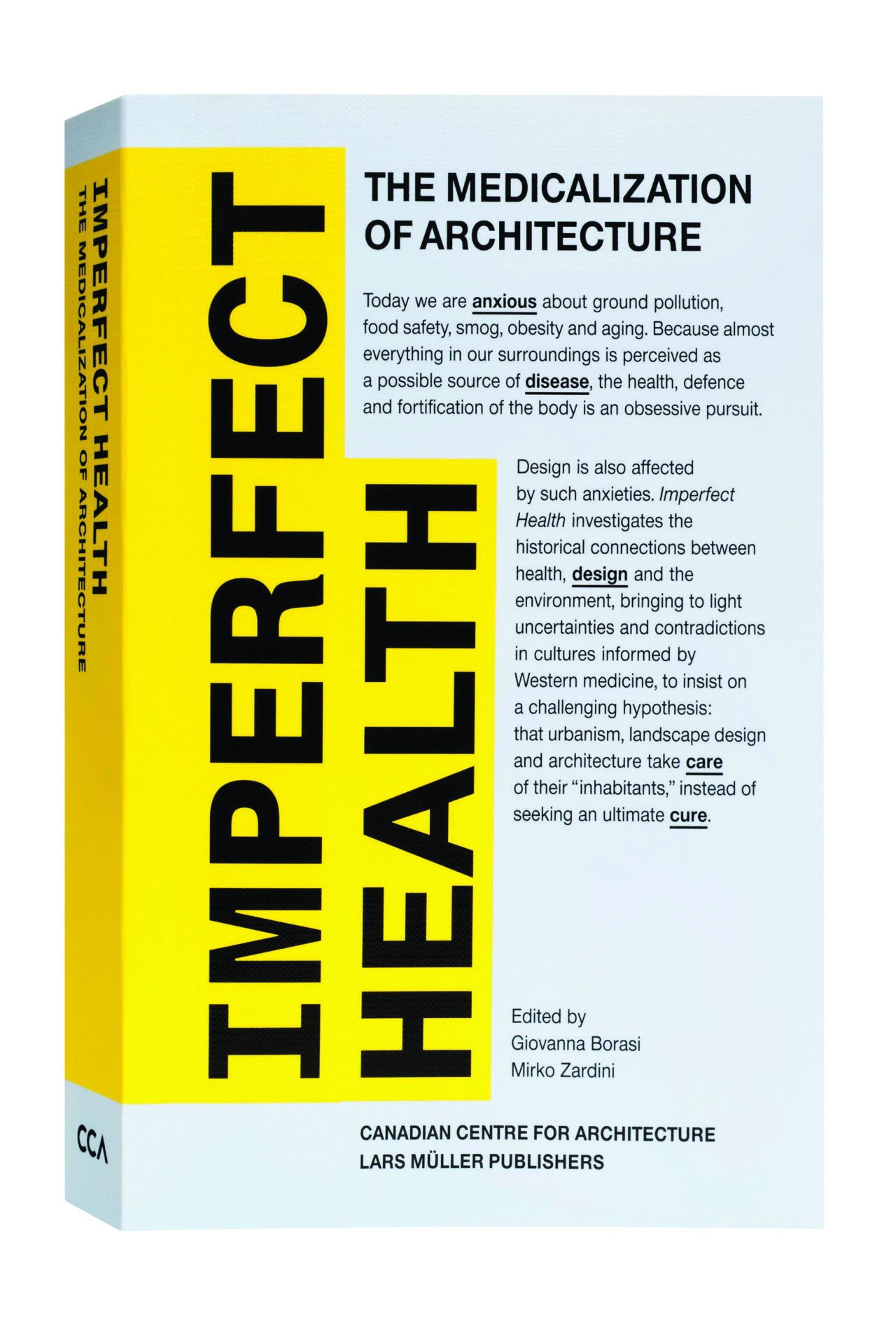

Housing is Healthcare
The design of housing is part of larger political and economic systems that also need rethinking to promote better health. Citizens Housing and Planning Council’s (CHPC’s) Rx for Housing: Housing is Healthcare (2020) asks, “What if the goal of the next NYC housing plan was to improve the health of New Yorkers?” The report offers six measurable policy goals to reduce health disparities, including ending homelessness and meeting the housing needs of seniors and people with disabilities. It also debunks misconceptions: children living in private housing are more than twice as likely to be exposed to lead than those living in NYC Housing Authority (NYCHA) developments, for instance. CHPC argues that the city’s housing plan needs to do more than produce a certain number of affordable units and instead measure success by how it impacts the lives of New Yorkers.
The Housing System: From Silos to System (The Architectural League of New York, 2019)—a conversation between Roseanne Haggerty, founder of Community Solutions, which seeks to end homelessness, and Donald M. Berwick, MD, a national leader in healthcare reform—examines what it would take to eliminate housing insecurity and improve human health through structural change. Like CHPC, Haggerty and Berwick work toward measurable goals. They also discuss techniques for encouraging diverse groups to collaborate and “naming people and knowing specific stories” of those experiencing homelessness, for example, to transform “a housing system seemingly designed to achieve poor results.” Robust research on the positive mental and physical health impacts of safe, affordable housing, plus replicable on-the-ground strategies make CHPC’s report and the league’s public program useful for those seeking to take on our most intractable issues.


Step-By-Step Guidance
Parallel to the push for much-needed state support for health equity and the right to housing, the resources below focus on what designers, developers, and building owners can do now. Healthy Housing for All (Center for Active Design with the Urban Land Institute, 2018) primarily addresses developers and offers step-by-step guidance for promoting resident health in each phase of the design and development process.
The report uses case studies to encourage developers to incorporate not just features addressing physical health, like an on-site gym and natural ventilation, but also public art and gathering spaces to foster social cohesion. Appealing to the “double bottom line—successfully improving the health of patients while generating profitability—CAD’s Healthcare: A Cure for Housing (2019) delves further into the economic argument for investments in resident health, with more case studies for the healthcare sector.
Similarly actionable, and aimed at planners and designers, Creating Healthy Neighborhoods: Evidence-Based Planning and Design Strategies, by Ann Forsyth, Emily Salomon, and Laura Smead (Routledge, 2017), relies on extensive quantitative and qualitative data. Confirming common-sense links to improved housing, like increased happiness, the book also illuminates surprising ones, such as reduced smoking. Data in Creating Healthy Neighborhoods point to the need for more housing options, centering on those with the most health vulnerabilities. LGBTQ youth and older residents are two of the most vulnerable groups in New York. Queer Students of Architecture, Planning, and Preservation’s (QSAPP’s) Safe Space: Housing LGBTQ Youth Experiencing Homelessness (Columbia GSAPP, 2019, available in print and online) presents a visual analysis of existing shelter types, funding research, and design and programming best practices, including “adjacency to local clinics or partnerships with mobile clinics.” Addressing the other end of the age spectrum, the NYC Aging in Place Guide for Building Owners (2016), which I edited in collaboration with advisors convened by the American Institute of Architects New York Chapter’s Design for Aging Committee, promotes health for older New Yorkers through retrofits to multifamily buildings, designed to reduce the risk of falls and combat social isolation.
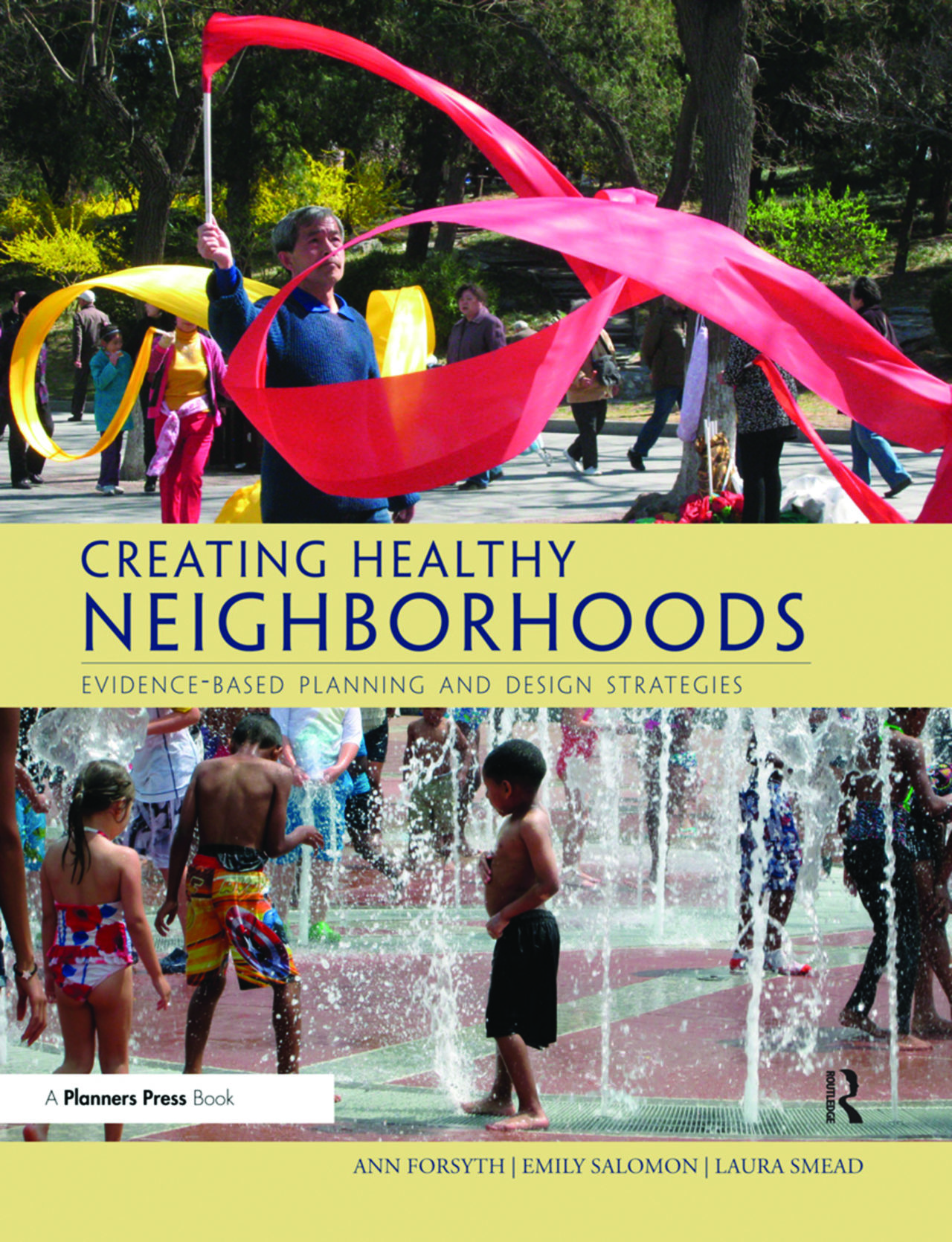
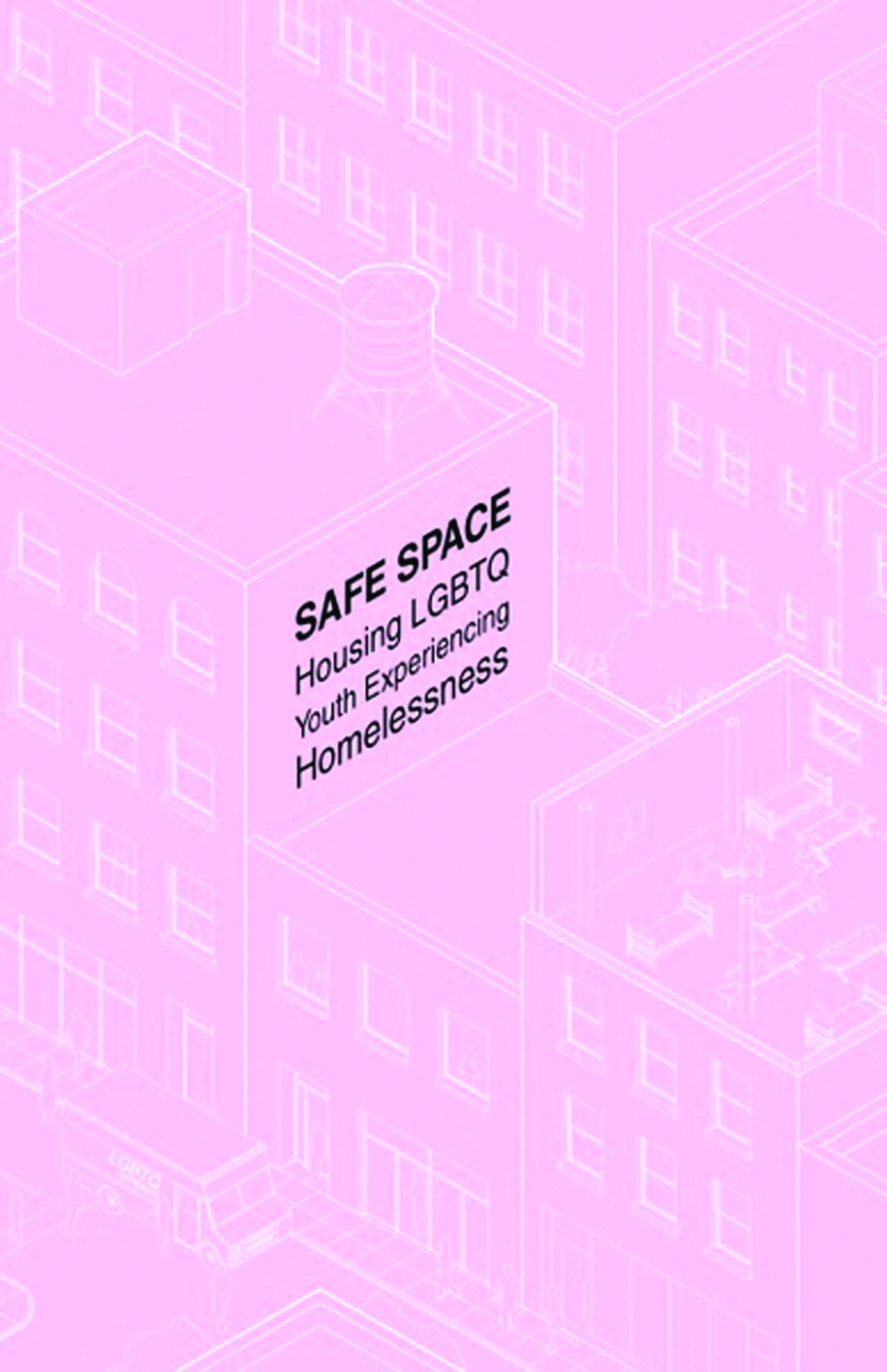

Human and Planetary Health
Human and planetary health cannot be separated. And no plan to improve New Yorkers’ health through housing can ignore the city’s largest stock of affordable homes. Enter A Green New Deal for New York City Housing Authority (NYCHA) Communities (Data for Progress with two University of Pennsylvania centers, 2019), by Daniel Aldana Cohen, Billy Fleming, Kira McDonald, Nick Graetz, Mark Paul, Alexandra Lillehei, Katie Lample, and Julian Brave NoiseCat. The plan for deep energy retrofits to existing NYCHA homes plus new public housing—to “provide economic and environmental benefits to racialized and working-class communities,” reduce residents’ asthma rates by 18% to 30%, and “massively improve safety, health, and comfort in NYCHA apartments”—is essential reading on local approaches to dual climate and housing emergencies. Also addressing health equity and climate justice, Design as Preventative Care: Achieving Climate Justice through Interdisciplinary Collaboration (2020) by the Urban Design Forum’s Forefront Fellows, zeros in on design strategies to mitigate the effects of extreme heat in residents’ bodily systems; and Enterprise Green Communities Criteria (Enterprise Community Partners, 2020), the national green building framework designed for privately developed affordable housing, incorporates healthy living metrics.
Public Housing Works by London’s Karakusevic Carson Architects (Lund Humphries, 2021) offers design inspiration for the future of healthy public housing. Though London and New York have suffered from similar histories of disinvestment, London has recently been developing new public housing. This book details some of the best work, with architectural drawings, critical essays, and documentation of community-engaged design processes. Bringing it back home, Scalable Design Solutions for NYCHA (Peterson Rich Office with the Regional Plan Association, 2020) addresses the social determinants of health for NYCHA residents through integrated design approaches guided by resident participation. The proposed interventions renovate and expand existing NYCHA towers to provide improved, greener spaces for current residents and additional new homes. Together, these publications offer more than enough data, historical lessons, design ideas, and guidance to provide healthy housing for all New Yorkers. The strategies are many, but the imperative is clear.








